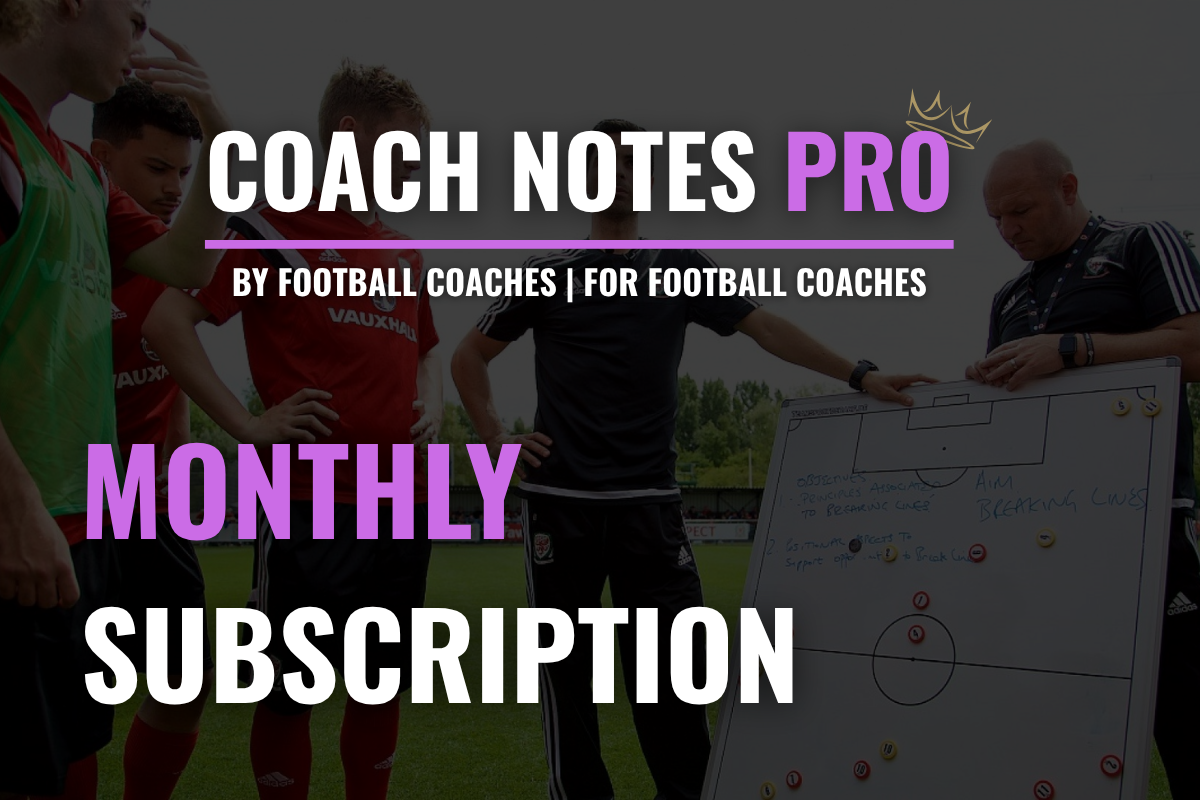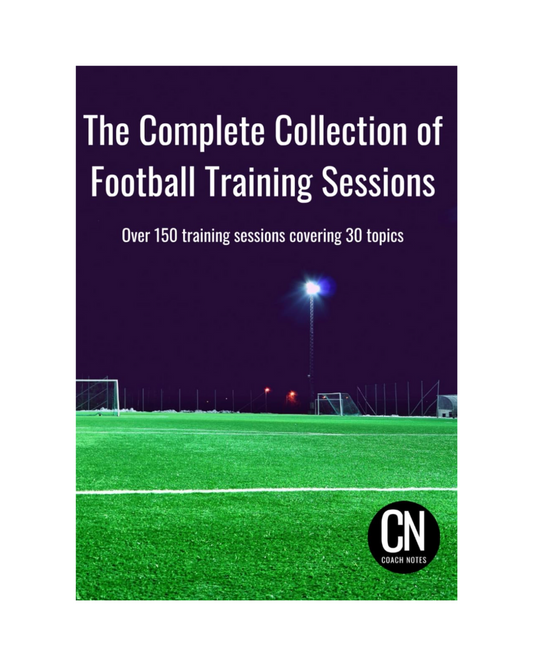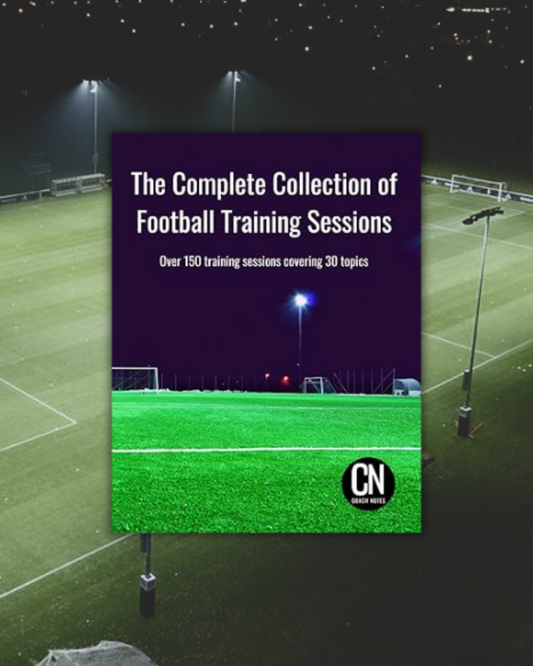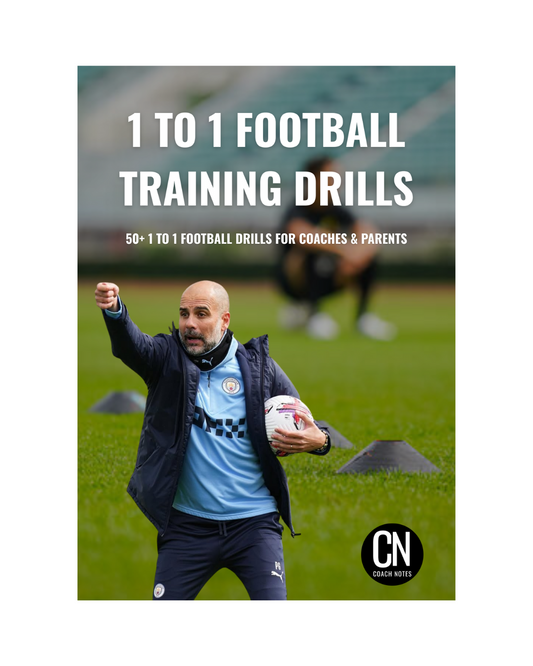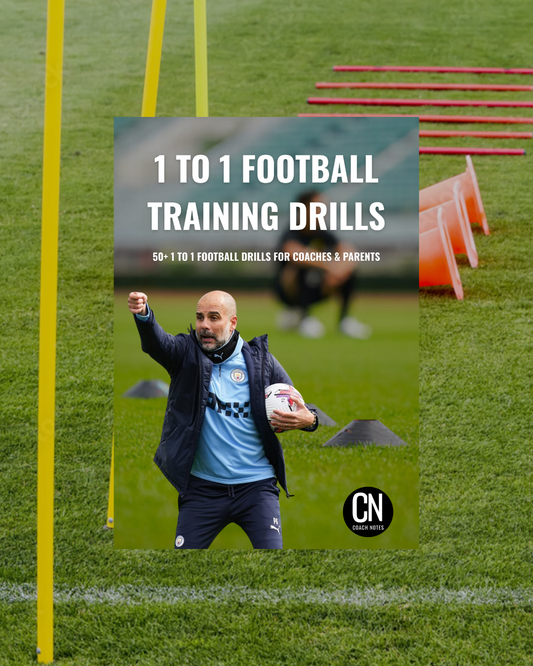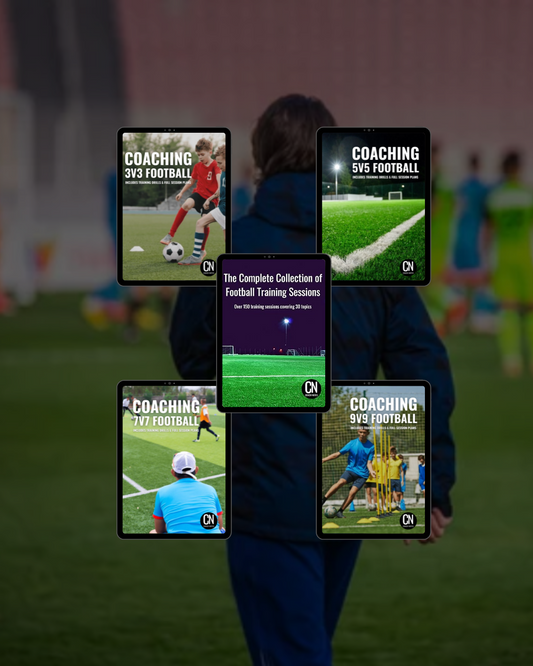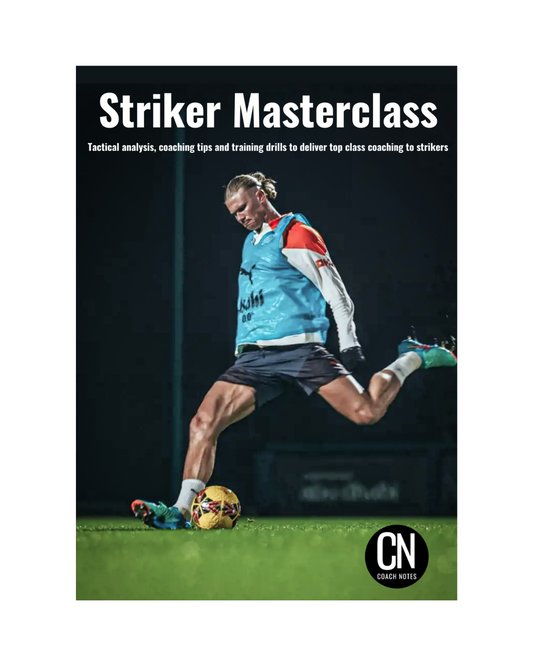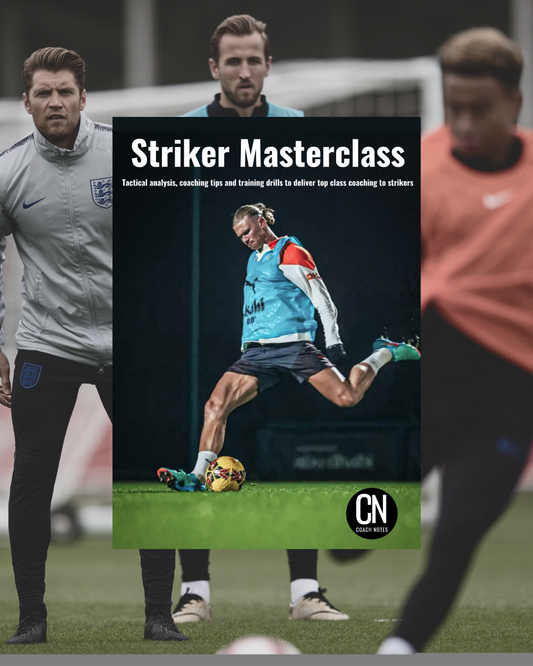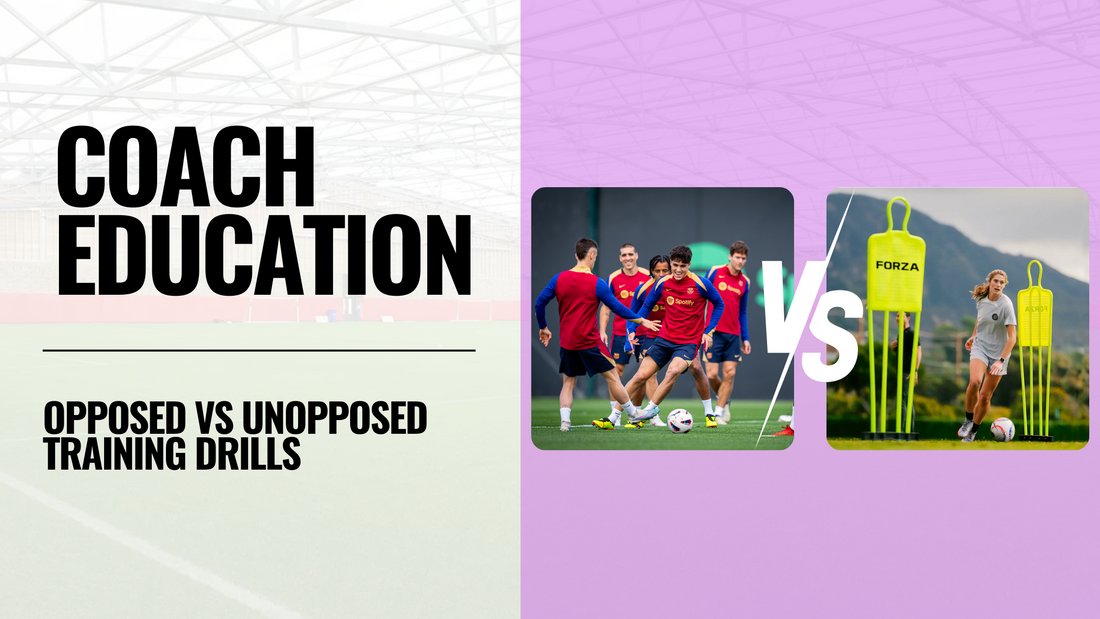
Opposed vs Unopposed Training Drills
Share
In coaching circles, one of the most frequently debated topics is the use of opposed versus unopposed drills in training. Some coaches argue passionately for match-realistic, pressure-based practices, while others value repetition and structure that allow players to learn without interference. The truth is, both have a place and understanding when and why to use each approach is the key to developing players more effectively.
This article explains the difference between opposed and unopposed sessions, outlines the benefits of each, and offers practical guidance on how to strike the right balance based on the learning objectives of your players.
✍️ Defining the Two Approaches
👉 Unopposed Training
Unopposed drills involve players performing actions or movements without any direct pressure from opponents. These might include passing patterns, shooting combinations, or positional rotations with no defenders present.
Purpose:
To introduce and reinforce key technical or tactical concepts in a controlled, low-stress environment.
Examples:
- Passing sequences
- Technical work on ball striking or body shape
- Pattern of play rehearsals
- Shadow play for positioning
👉 Opposed Training
Opposed drills involve active defenders or pressure elements, creating scenarios closer to real match situations. These can vary in complexity, from 1v1s to small-sided games or phase-of-play exercises.
Purpose:
To help players learn to make decisions and execute under pressure, replicating the unpredictability of match conditions.
Examples:
- Pressing and transition games
- 1v1/2v2 attacking and defending
- Positional rondos with pressing
- Conditioned games with tactical objectives
✅ The Benefits of Unopposed Drills
Unopposed drills are particularly valuable at the start of the learning process. They allow players to:
- Understand structure and positioning without distractions
- Practise repetition and build muscle memory
- Focus on technical execution (e.g., passing technique, weight of pass, movement timing)
- Develop confidence before applying skills in live scenarios
When to use unopposed work:
- Introducing new patterns of play or team shape
- Developing comfort in specific rotations or zones
- Technical repetition for isolated skills
🧠 Think of unopposed drills as learning the "what" and "how" before introducing the "when" and "why".
✅ The Benefits of Opposed Drills
While unopposed work helps with structure, opposed drills bring the game to life. They provide:
- Decision-making challenges in unpredictable settings
- The opportunity to adapt based on opposition behaviour
- A platform to develop game intelligence and communication
- Physical conditioning through realistic intensity
Opposed sessions also allow you to coach:
- Timing and execution under pressure
- Tactical awareness (e.g., when to press, when to drop)
- Psychological resilience
When to use opposed work:
- Once players understand a concept and need to apply it
- To assess understanding and execution under pressure
- Preparing for match day with specific scenarios
⚖️ Finding the Balance: A Practical Coaching Approach
The debate isn’t about choosing one over the other, it’s about using both at the right time and for the right purpose.
1. Use unopposed sessions for teaching
When introducing new information (e.g., a midfield rotation or a new build-up pattern), unopposed drills help players grasp the idea without being overwhelmed. If players are confused in early stages of learning, the concept will not transfer to matches.
2. Progress into opposed formats
Once players understand the structure, gradually introduce pressure — start with passive defenders, then move to live game scenarios. This scaffolds learning and improves retention.
3. Avoid staying in unopposed work too long
If players only practise in controlled settings, they may freeze in games. The game is chaotic, they must learn to solve problems under pressure.
4. Use opposed drills for assessment
Opposed drills provide the most honest feedback. They highlight who understands the task, who needs support, and where your tactical approach may break down under pressure.
🪜 A Sample Progression for Coaches
Let’s say you're teaching your team how to play through the thirds.
Step 1: Unopposed Pattern Play
- Build-up from the back using mannequins or cones
- Rehearse passing patterns with no opposition
Step 2: Opposed Semi-Controlled Game
- 7v4 build-up scenario where defenders press passively
- Add pressing triggers and passing targets
Step 3: Conditioned Game
- Full opposition with constraints (e.g., 3 passes before scoring, only goals from central zones)
- Coach behaviours under realistic conditions
💭 Common Misconceptions
❌ “Unopposed training is outdated.”
→ It’s outdated only if overused or disconnected from game application.
❌ “Opposed training is always best.”
→ Not if players don’t understand the concept yet. Learning under pressure without clarity leads to frustration, not improvement.
⚽️ Conclusion: Be Intentional With Every Practice
Both opposed and unopposed drills serve a purpose. Great coaching is about knowing:
- What your players need to learn
- Where they are in their development
- What phase of training you’re in
Use unopposed training to introduce and rehearse. Use opposed training to test, stretch, and refine. When combined with thoughtful session design and progression, this balanced approach helps players build understanding, resilience, and performance.

